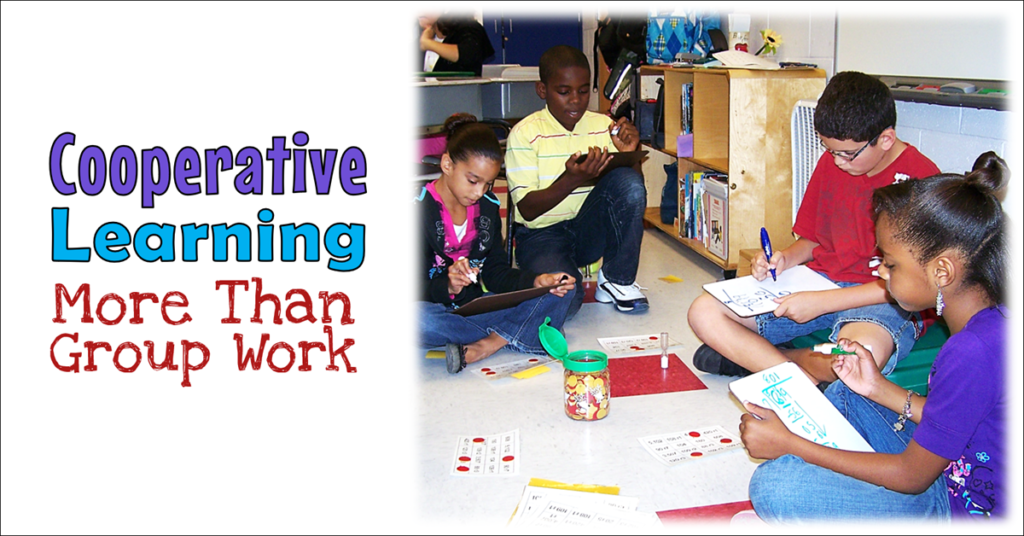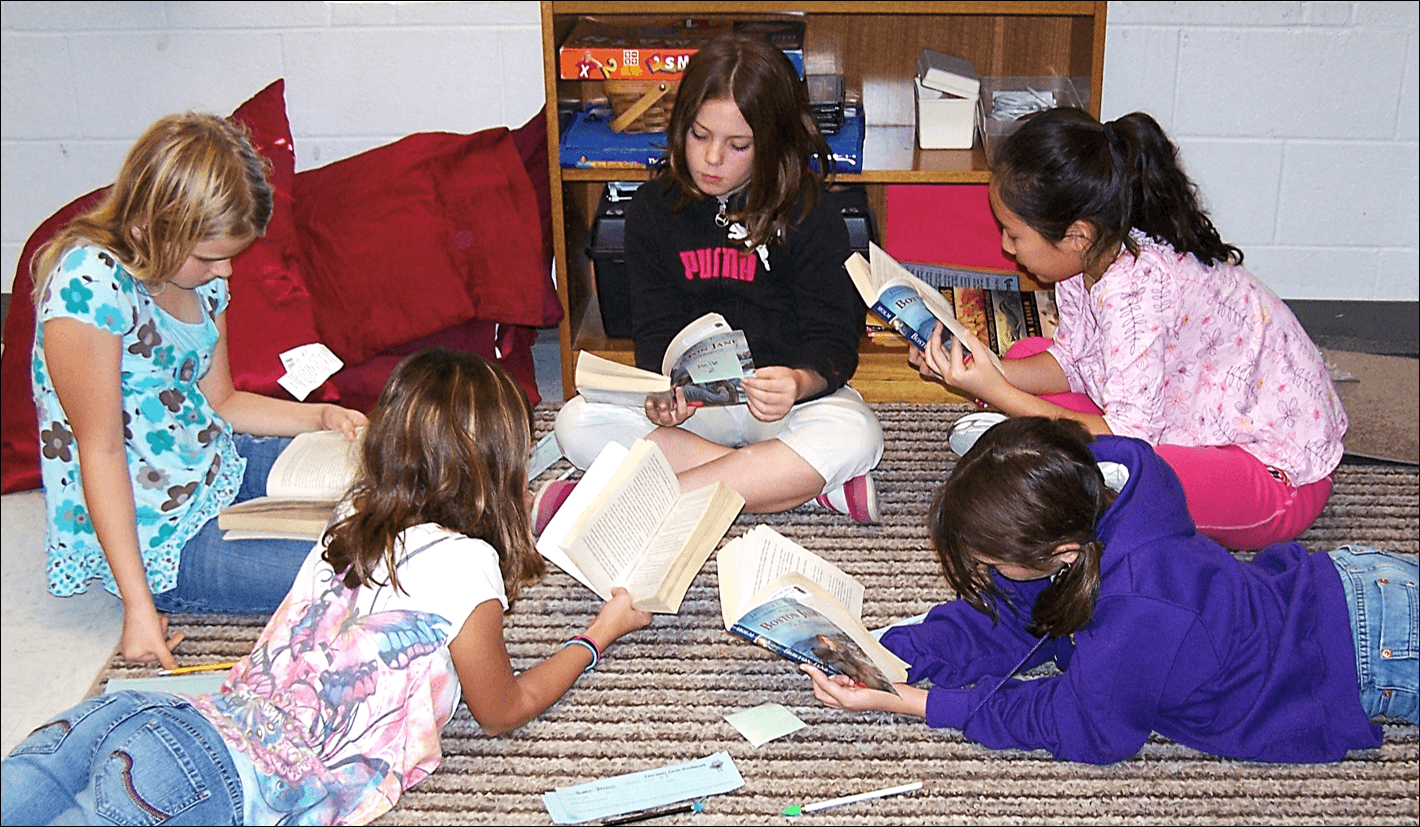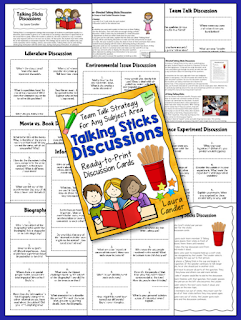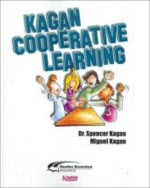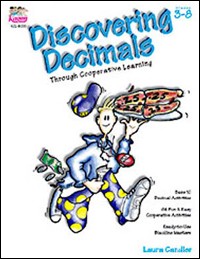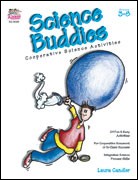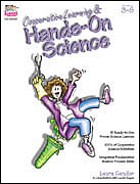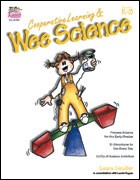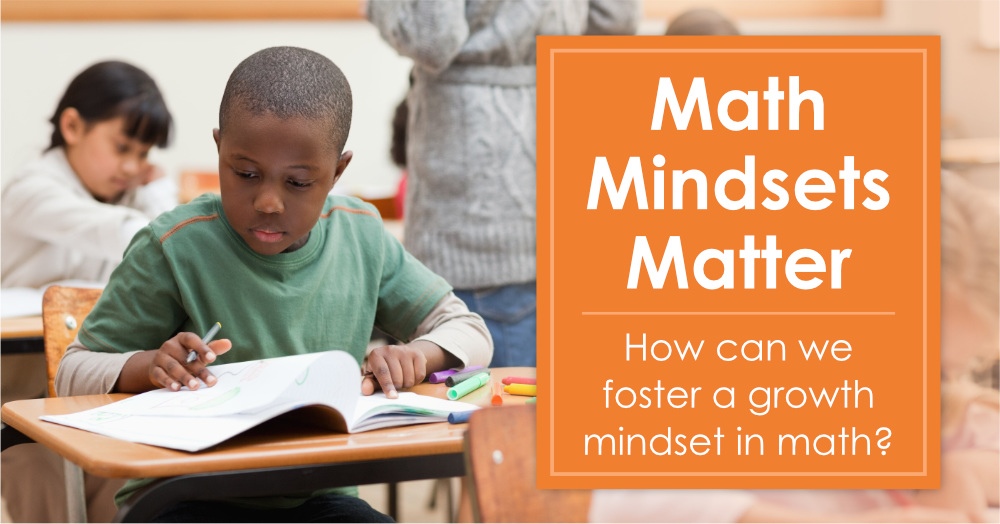Did you know that there’s a difference between cooperative learning and group work? You might have thought those two terms were synonymous, but they’re not. Let me show you how they are worlds apart.
Does this scenario sound familiar? The teacher assigns a group project, outlines the task, and gives a deadline for completion. Students are expected to work together and participate equally, but we all know what happens. The self-appointed leader takes over, makes all the decisions, and does most of the work. Other team members may contribute, but some do nothing or even become a distraction to the real work. When the final project is turned in, everyone gets the same grade no matter what they contributed to the project.
But what I just described is NOT cooperative learning. It’s nothing more than unstructured group work, and there’s nothing research-based about it. No wonder it still gets a bad rap from some educators!
But if that’s not cooperative learning, what does cooperative learning look like? I discovered the answer when I was first trained in the “structural” approach to cooperative learning developed by Dr. Spencer Kagan. In this model, academic tasks are structured so that everyone participates equally and all students are held accountable for what they learn. Dr. Kagan developed a wide variety of structures that have since been adopted by teachers all over the world, strategies that take the “group work” out of cooperative learning. I began implementing these strategies in my own classroom and found them to be extremely effective.
Easy Cooperative Learning Discussion Strategies

- Around the Team – Place students in teams of 4 or 5 and have them number off in order around the team. After you pose a question, students take turns responding in numerical order. To provide even more structure, give each team member a certain amount of time to respond such as 30 seconds or a minute.
- Pairs Discuss & Teams Share – Pair students with one discussion partner and have them first discuss a topic together, and then share their ideas with the whole team. When two students talk to each other, it’s more likely that they will both have a chance to express their ideas. Then when they talk with the team, all four ideas can be presented.
- Talking Sticks – Use objects such as plastic chips or craft sticks to equalize participation. Dr. Kagan suggests chips, but I use craft sticks because those chips roll everywhere! I assign a discussion leader, and that role changes for each new discussion question. The leader gives each student 3 sticks to hold during the discussion. When a question is presented, students who want to respond place a craft stick into a plastic cup. When students run out of sticks, they have to be quiet and listen to the rest of their teammates until all sticks are in the cup. When all of the sticks have been used, the leader passes them out again and the discussion continues where it left off.
Moving from Structured Discussions to “Real” Discussions
The structural approach to cooperative learning encourages a high level of structure at first, with a gradual transition to less structure as students learn to work effectively in teams. As a case in point, the three methods described above are great ways to begin teaching your kids how to participate in a team discussion. However, because they are so structured, they are really just the first steps. The Common Core Speaking and Listening Standards require students to connect their ideas to others and to build upon other’s ideas in a discussion, which is a skill that must be taught explicitly. To read strategies that address more advanced discussion skills, read my post Teaching Kids How to Have REAL Discussions.
Keep Discussions Focused with Question Cards
Another tip for effective discussions is to create question task cards to keep the discussion focused and moving along. Stack the cards face down in the middle of the team. The discussion leader flips over the top card, reads the question, and opens the topic for discussion.
You can use question cards in almost any subject area. to see examples of the types of questions that work well, take a look at my Talking Sticks Discussion cards shown here.
I have also created sets of Talking Sticks question cards based on Common Core Informational Text and Literature Standards for each grade level, Kindergarten through 5th grade. You can find all of my Common Core Talking Sticks packs in my TpT store.
Where to Learn More about Cooperative Learning Structures
Do you see how easy it is to make a few simple changes that will drastically increase accountability and participation? When you learn a few of the basics, you’ll be amazed at how simple it is to change group work into cooperative learning. If you are not familiar with Dr. Kagan’s structural approach to cooperative learning, I highly recommend his book, Kagan Cooperative Learning, as the definitive resource on this topic. In addition to learning more about effective team discussions, you’ll discover a wealth of cooperative learning structures to bring order to what might otherwise turn into chaos in the classroom.
I also recommend receiving several days of training from Kagan Professional Development to help you learn how to implement these strategies. One thing I loved about the training was the opportunity to experience the strategies and practice them during the workshop. The time just flew by and the experience was transformative. I went from being burned out to fired up in the classroom! In fact, I embraced these strategies so fully that I ended up writing 5 cooperative learning books that were published by Kagan. You can see all of my books at the end of this post.
Believe it or not, many educators are still skeptical about the benefits of cooperative learning. However, it’s not cooperative learning that’s the problem – it’s poor implementation that turns teamwork into “group work.”
If you are still skeptical, I invite you to explore some of the resources in this blog post to discover the benefits of teamwork in the classroom. You can also explore the resources in the cooperative learning section here on Teaching Resources to discover strategies that are engaging as well as extremely effective.

